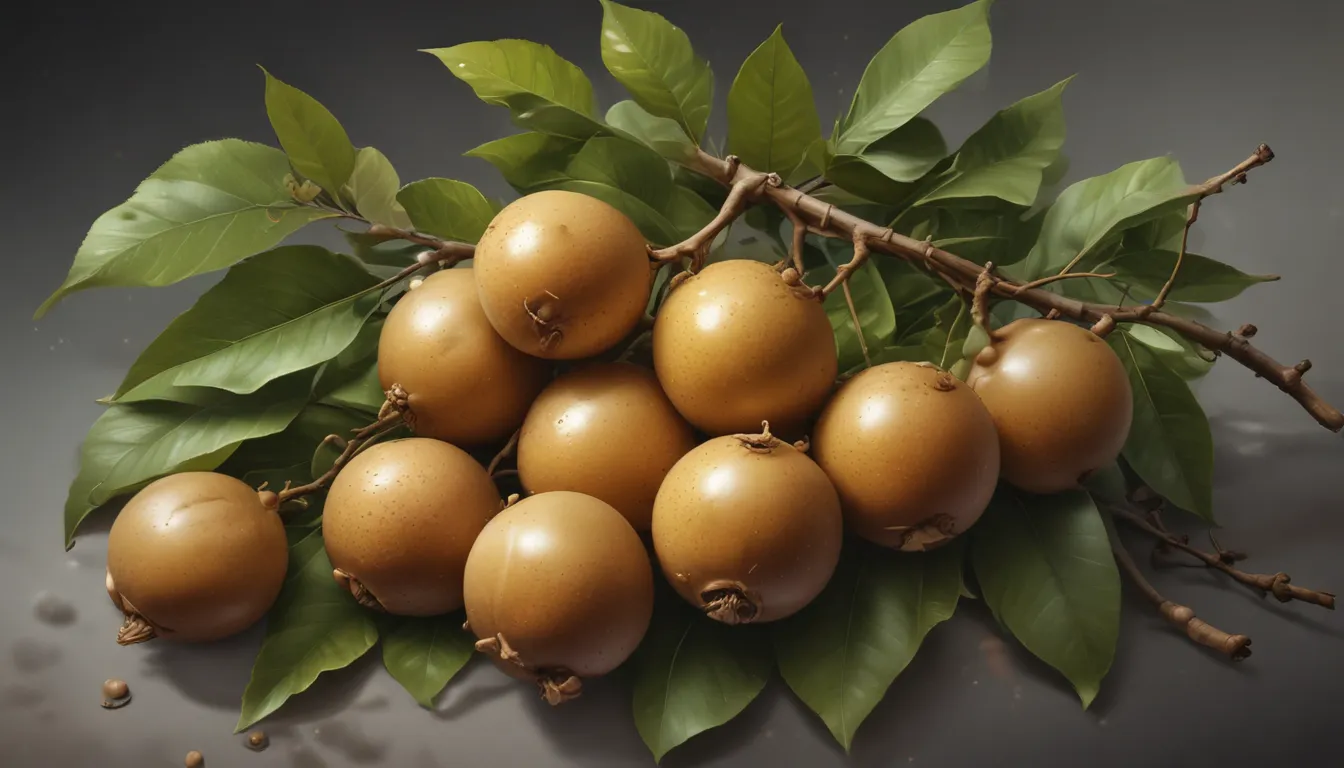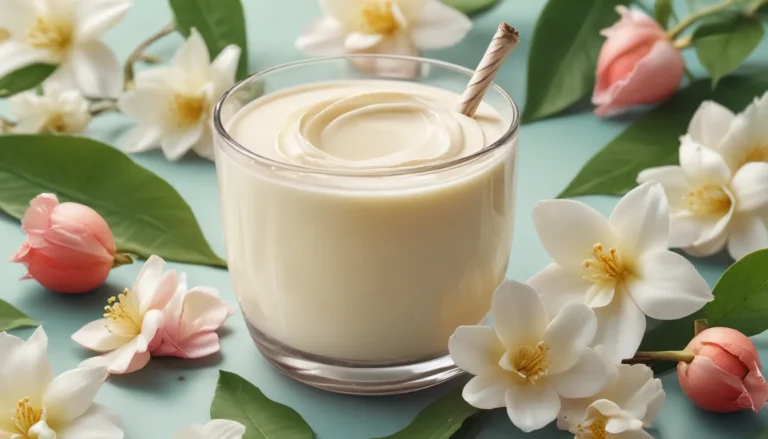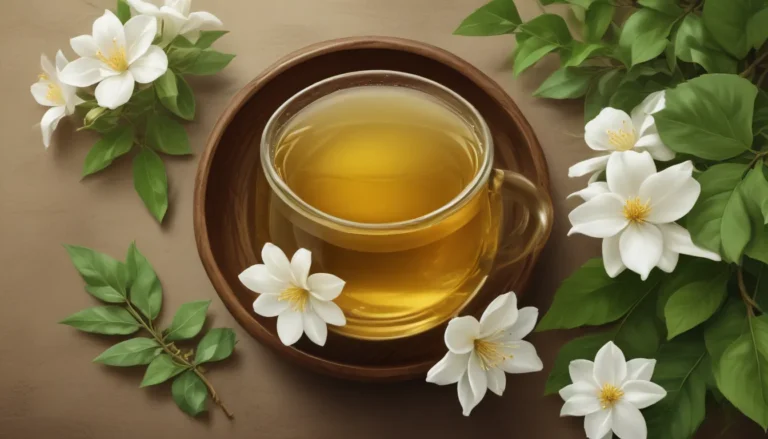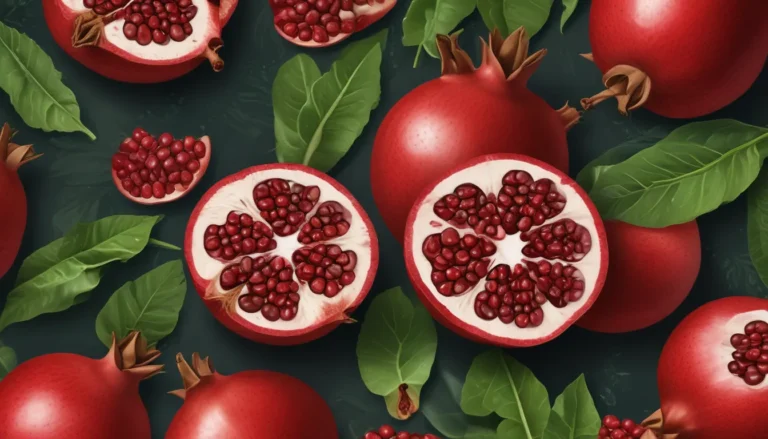The pictures in our articles might not always show exactly what the text is talking about. We use these images to make the article more interesting and eye-catching. They are there to add to the text, but not to replace it or show every detail.
Welcome to the exotic world of longan, also known as the "dragon's eye" fruit, a tropical delight originating from Asia. Get ready to immerse yourself in the rich cultural history, culinary uses, and health benefits of this unique fruit. Whether you're a longan enthusiast or a curious food lover, there's something for everyone to savor!
Unveiling the Wonders of Longan
Let's explore the enchanting world of longan with these 17 fascinating facts. From its origins to its symbolic significance, there's so much to learn about this small yet mighty fruit.
The Origin and Name
Longan, scientifically known as Dimocarpus longan, hails from Southeast Asia. Its name translates to "dragon eye" in Chinese, reflecting its striking resemblance to an eye when peeled.
Sweet and Succulent Flavor
Known for its lusciously sweet and juicy flesh, longan boasts a mildly floral and tropical taste similar to lychee. With its thin, brittle outer shell, this ping pong ball-sized fruit contains a translucent, juicy pulp and a single black seed.
Nutrient-Rich Profile
Packed with essential vitamins, minerals, and antioxidants, longan is a powerhouse of nutrition. From vitamin C to potassium and B vitamins, this fruit offers a wealth of health benefits in a small package.
Traditional Chinese Medicine
In traditional Chinese medicine, longan has been revered for centuries for its blood-nourishing properties and calming effects on the mind. It is even believed to possess aphrodisiac qualities.
Symbol of Love and Romance
In Chinese culture, longan symbolizes love and romance, often given as a token of affection to express heartfelt feelings. Its significance goes beyond its delicious taste.
Cultivation and Harvesting
Thriving in tropical and subtropical regions, longan trees require full sun exposure and well-drained soil to grow up to 30 feet in height. The fruits are typically harvested from June to August when ripe and ready for consumption.
Popular in Asian Cuisine
A staple in Asian cuisine, longan is used fresh, dried, or in various dishes, desserts, and drinks. From longan tea to traditional Asian delicacies, the versatility of this fruit knows no bounds.
Health Benefits Galore
Consuming longan is believed to offer a myriad of health benefits, including immunity-boosting properties, improved digestion, healthy skin promotion, and even weight loss support. Its antioxidant-rich composition helps combat oxidative stress and reduce the risk of chronic diseases.
Culinary Creativity
From longan jelly to pudding and sorbet, this fruit shines in traditional Asian desserts. Its versatility extends to drying and canning, making it a year-round treat for snacking or baking.
Dynamic Duo: Longan and Litchi
Closely related to the litchi fruit, longan shares similarities in appearance, taste, and texture. Both fruits belong to the soapberry family, captivating taste buds with their unique profiles.
Lunar New Year Tradition
Longan plays a symbolic role in many Asian cultures during Lunar New Year celebrations, bringing luck and prosperity for the coming year. Its significance transcends culinary boundaries.
Cultivation in the US
While primarily cultivated in subtropical regions like Florida, Hawaii, and California in the US, longan thrives in climates conducive to its growth. Its limited cultivation adds to the allure of this tropical treasure.
Embrace the Delights of Longan
In conclusion, longan is a delightful fruit with a captivating history, culinary versatility, and an array of health benefits. Whether enjoyed fresh or incorporated into dishes, it never fails to impress with its juicy sweetness and nutritional value. The next time you encounter this exotic "dragon eye" fruit, embrace the opportunity to savor its wonders and enrich your palate.
Frequently Asked Questions
- What is longan?
-
Longan is a tropical fruit native to Southeast Asia, closely related to lychee and rambutan, belonging to the soapberry family.
-
How does longan taste?
-
Longan boasts a sweet and floral flavor with hints of honey and musk, offering a firm texture akin to a grape with a thin, translucent skin.
-
What are the health benefits of longan?
-
Longan is rich in vitamins, minerals, and antioxidants, supporting immunity, skin health, digestion, and providing a natural energy boost.
-
Can I eat longan if I have allergies?
-
If allergic to soapberries or similar fruits like lychee and rambutan, it's advisable to consult a healthcare professional before consuming longan.
-
How can I incorporate longan into my diet?
- Enjoy longan fresh, in fruit salads, smoothies, desserts, savory dishes, or dried for snacking or herbal teas, adding a tropical touch to your culinary repertoire.
Dive into the world of longan, uncovering its allure and embracing its flavorful offerings. From its cultural significance to its culinary charm, this tropical gem is bound to captivate your senses and enrich your gastronomic adventures. Experience the magic of longan and indulge in its delectable essence today!






